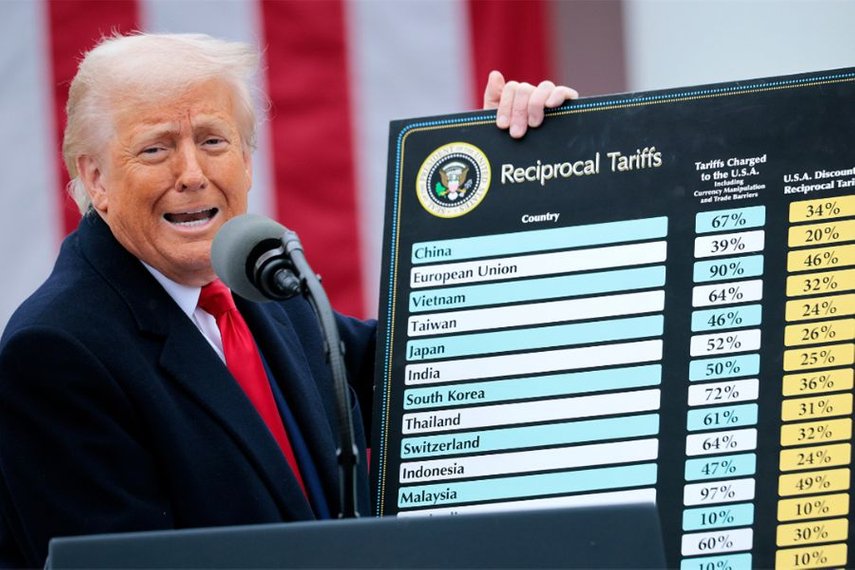
Introduction
In an increasingly interconnected world, economic policies such as tariffs can have far-reaching implications beyond trade deficits and GDP growth. While tariffs are generally considered non-violent tools of diplomacy and economic strategy, the rising geopolitical tensions surrounding trade disputes raise a provocative question: Can a tariff war lead to a conventional or even nuclear war?
This blog delves into the historical, political, and economic dynamics that could turn a seemingly peaceful trade conflict into a more severe military confrontation.
Understanding Tariff Wars: A Primer
A tariff war occurs when countries impose levies or taxes on each other’s goods in retaliation to similar actions, aiming to protect domestic industries. The most prominent example in recent history is the U.S.-China trade war, which began in 2018 and led to hundreds of billions of dollars in mutual tariffs.
Keywords: Tariff war, economic conflict, trade war, U.S.-China trade war, geopolitical tension
Historical Context: From Tariffs to Armed Conflicts
Although rare, economic tensions have historically escalated into military confrontations. The Smoot-Hawley Tariff Act of 1930, for instance, intensified global economic woes and indirectly contributed to the international instability that preceded World War II.
Similarly, trade restrictions and embargoes were significant elements in the build-up to World War I and II, and the Cold War was punctuated by both military standoffs and economic embargoes.
Relevant SEO Keywords: historical trade conflicts, pre-war economics, trade embargoes, causes of world wars
Pathways from Tariff War to Military Conflict
So how could a modern-day tariff war escalate into a full-blown conventional or nuclear conflict?
1. National Security and Perception of Threat
Tariff wars often stem from or lead to concerns about national security. If a nation perceives that economic strangulation is a deliberate act of aggression, it may respond with military posturing or action.
2. Regional Military Buildup
Countries involved in long-standing tariff conflicts may increase military presence in strategic regions (e.g., South China Sea or Taiwan Strait), raising the risk of accidental or intentional confrontations.
3. Cyber and Hybrid Warfare
Modern conflicts are no longer limited to physical battlegrounds. Tariff wars may trigger cyber attacks targeting critical infrastructure, leading to retaliations that blur the lines between economic and military warfare.
4. Alliance Dynamics and Escalation
Treaty obligations and defense pacts (e.g., NATO, Quad) can drag uninvolved nations into the conflict, potentially escalating a bilateral trade war into a global military crisis.
Could Nuclear War Be a Consequence?
The possibility of nuclear war as a result of a tariff conflict is extremely low but not impossible. Nuclear-armed states typically follow doctrines of deterrence and mutually assured destruction (MAD), which discourage first strikes. However, if a tariff war severely damages a nation’s economy and internal stability, the desperation factor could lead to unpredictable behavior from authoritarian regimes.
Keywords for SEO: nuclear war risk, deterrence theory, MAD doctrine, geopolitical instability
Diplomatic and Economic Off-Ramps
To prevent tariff wars from escalating into something more dangerous, international mechanisms like the World Trade Organization (WTO), United Nations, and bilateral diplomacy play a crucial role. Transparency, back-channel diplomacy, and economic interdependence are key deterrents against escalation.
Conclusion
While the notion of a tariff war spiraling into conventional or nuclear war may seem dramatic, the intricate ties between economics and national security make it a valid concern in today’s polarized world. The best path forward lies in open communication, multilateral engagement, and a shared understanding that the costs of war—economic or otherwise—are far too great.
Have a query? Contact Us
